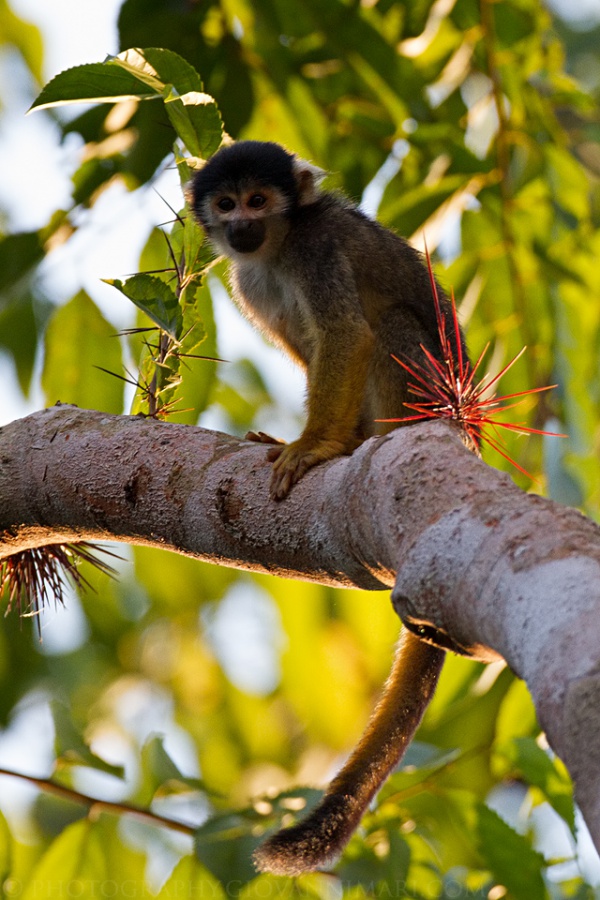Facts About Black squirrel monkey
The black squirrel monkey, also known as the blackish squirrel monkey or black-headed squirrel monkey, is a small primate native to the central Amazon in Brazil. This petite monkey bears a striking resemblance to the female Bolivian squirrel monkey but is distinguished by a notable black stripe down its back. Predominantly, you can find them in the Mamirauá Sustainable Development Reserve, where they inhabit the flooded forests known as várzea.
These diminutive monkeys are highly social, traveling in large groups to enhance their safety from predators. Despite their small stature making them an easier target, their group cohesion offers significant protection against threats.
In terms of appearance, black squirrel monkeys are characterized by their blackish-gray fur, accented with yellow or reddish hues on their legs, and yellowish underbellies. In the wild, they can live up to 15 years, with longevity potentially extending in captivity. They belong to the genus Saimiri, which includes four other species. Unfortunately, their habitat faces threats from climate change and flooding.
Black squirrel monkeys are notably interactive and form large social groups, sometimes comprising up to 500 individuals. They typically remain silent except in situations of danger or during communal calls. Their breeding season spans from September to November, with gestation periods ranging from 140 to 170 days. As omnivores, these monkeys have a diverse diet that includes fruits, insects, leaves, flowers, seeds, eggs, and occasionally small vertebrates.
Economically, black squirrel monkeys have certain positive impacts. They are utilized in biomedical research, the pet trade, and occasionally as a food source. Given their limited habitat, they do not pose significant economic detriments. However, their restricted range and the adverse effects of climate change render them vulnerable.

 Suriname
Suriname